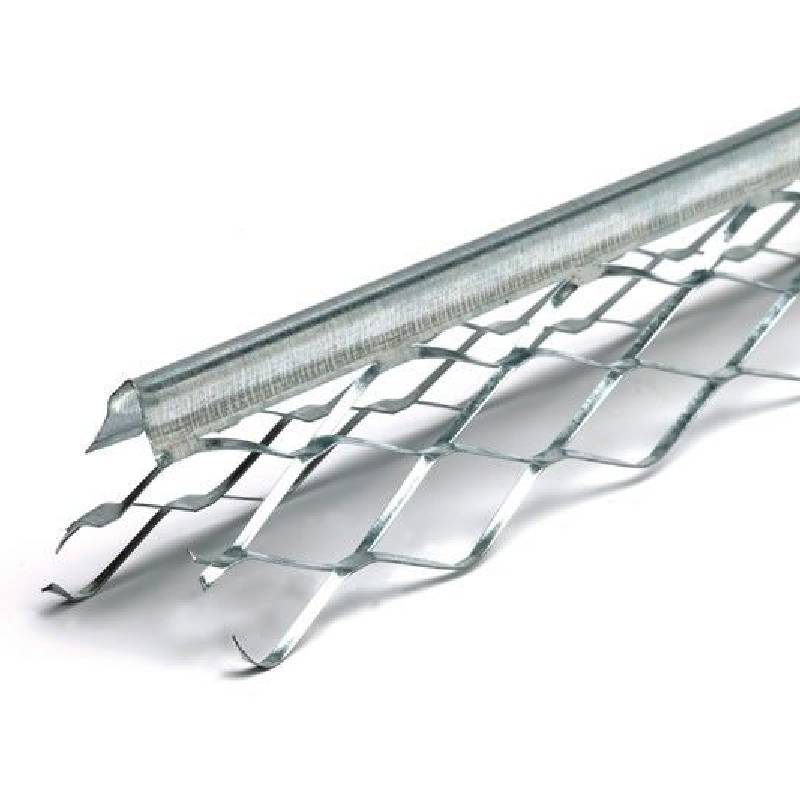
- Mobile Phone
- +8613931874955
- sales@cntcmetal.com
Methods for Assessing Torsion Spring Performance and Characteristics in Engineering Applications
Measuring Torsion Springs A Comprehensive Guide
Torsion springs are mechanical devices designed to store and release energy when twisted. They play a critical role in various applications, from the simple functionality of door hinges to complex machinery in aerospace and automotive engineering. Understanding how to measure torsion springs accurately is crucial for ensuring optimal performance and longevity. In this article, we will explore the fundamental aspects of measuring torsion springs, the techniques involved, and the factors influencing their performance.
Understanding Torsion Springs
A torsion spring is characterized by its ability to exert a torque or rotational force when twisted about its axis. Unlike compression or extension springs, which operate linearly, torsion springs activate around a central point. Common examples of torsion springs include clothespins, swing doors, and miniature electronic devices. Their design typically involves coiled wire, which can be made from various materials, including stainless steel, music wire, and oil-tempered wire.
Key Measurements for Torsion Springs
When measuring torsion springs, several factors must be taken into consideration to ensure accurate results
1. Wire Diameter The diameter of the wire directly influences the spring's stiffness and capacity to store energy. This measurement is crucial as it affects the spring constant, which is a fundamental property of torsion springs.
2. Spring Diameter The overall diameter of the spring coils determines how much space it will take and impacts its maximum torque capacity. Furthermore, it affects how the spring interacts with other components in its respective mechanism.
3. Free Length This is the length of the spring when it is not subjected to any twisting force. A precise measurement of the free length is essential, particularly when fitting the spring into a confined space.
4. Wind Direction The direction in which the spring is wound can influence its operation. Commonly, torsion springs can be left-hand or right-hand wound, which affects the torque direction during their performance.
5. Number of Coils The total number of complete coils in a torsion spring also affects its torque characteristics and can be vital for design specifications.
Measuring Techniques
measuring torsion spring

Accurate measurement of torsion springs can be carried out using various techniques
- Calipers Digital calipers are ideal for measuring wire diameter and overall dimensions of the spring. Ensure that the caliper is zeroed out before taking measurements to avoid errors.
- Torque Wrench A torque wrench can be used to evaluate the amount of torque exerted by the spring when twisted. This measurement is crucial for applications where the torque needs to be within specific limits.
- Spring Testing Machines For industrial applications, specialized spring testing machines can measure and record precise parameters, including torsional stiffness and fatigue characteristics, under controlled conditions.
Factors Influencing Performance
Several factors can affect the performance and longevity of a torsion spring
- Material Fatigue Over time and with continued use, materials can weaken, leading to reduced torque capacity. Choosing the right material is therefore essential for long-lasting performance.
- Environmental Conditions Factors such as temperature, humidity, and exposure to corrosive substances can impact the integrity of a torsion spring. Surface treatments and coatings may be necessary to enhance durability.
- Design Specifications Adhering to precise design specifications during the manufacturing process will ensure that the spring performs as intended in its application.
Conclusion
Measuring torsion springs with precision is vital for ensuring their functionality and reliability in various applications. By understanding the key measurements, utilizing the correct tools, and recognizing the factors that influence performance, engineers and designers can create optimal solutions for their mechanical needs. Whether for simple household items or complex machinery, a thorough understanding of torsion spring measurements will enhance both performance and longevity, ensuring efficient and reliable operation.
share:
-
Wall Ties for Concrete: Invisible Guardians of Building Structural StabilityNewsAug.08,2025
-
Timber Frame Wall Ties: Stable Bonds for Load TransmissionNewsAug.08,2025
-
Stainless Steel Woven Wire Mesh: A versatile material from boundary protection to functional supportNewsAug.08,2025
-
Powder Coat Coil Springs: Creating peace of mind and reliability with sturdy protectionNewsAug.08,2025
-
Floor Standing Sign Holder: A Powerful Assistant for Flexible DisplayNewsAug.08,2025
-
Binding Iron Wire: An Invisible Bond for Building StabilityNewsAug.08,2025
-
Yard Sign Stakes: Reliable Guardians of Outdoor SignsNewsAug.04,2025



















